As you embark on the task of shaping the interiors of your home, you’ll come to realize the myriad options available when it comes to selecting the perfect door type. These doors not only contribute to the overall aesthetics of the space but also serve their functional purpose effectively.
Consider, for instance, a vacation home. In such a scenario, safeguarding an unoccupied property becomes a priority, making the choice of a robust and secure door a wise decision.
In essence, interior doors refer to those doors within your home that do not provide access to the outside. They can be found on closets, bathrooms, bedrooms, and other enclosed areas within your residence.
Door Types Based on The Material
A wide array of window and door options awaits, either for custom crafting or readily accessible in the market for immediate installation.
To facilitate your decision-making process, we present various types of windows and doors based on their manufacturing materials, along with their key features, advantages, and drawbacks.
1. Paneled Door Type

Typically, the door frame is crafted from wood, while the shutter panels can be made from a variety of materials, including wood, plywood, blockboard, and hardboard.
A myriad of designs can be incorporated onto these panels, adding a touch of ornamentation to the door.
Alternatively, the panels can be made from glass, introducing a transparent element.
In cases where portions of the door feature wood panels and other sections consist of glass panels, the door earns the moniker “paneled and glazed.”
Such doors offer design versatility, capable of achieving an aesthetically pleasing appearance.
Furthermore, the design can be tailored to suit the specific requirements and space within the home.
As for the door frame of these types of doors, it can be constructed from wood or metal sections like steel, depending on preference and suitability.
2. Metal Door Type

This alternative to wood has gained widespread acceptance, particularly for crafting frames. Frames can be expertly constructed from angles, Tees, channels, or even pressed steel plates. In the case of steel frames, hold-fasts and hinges are typically welded onto the frame structure.
Traditional shutters made from materials such as wood can be affixed to these sturdy steel frames.
Steel frames have garnered considerable popularity and are extensively utilized in homes and various other spaces, primarily due to their cost-effectiveness compared to traditional wooden frames.
Shutters can also be fashioned from Mild Steel (MS) sheets, securely welded or riveted onto a frame comprised of angle iron or channel sections, providing proper bracing.
Steel doors can be precision-engineered from cold-rolled mild steel, ensuring high quality and durability while demanding minimal maintenance. They are available in an array of attractive hues, featuring a diverse wood grain texture. These doors are particularly suitable for locations where security is a paramount concern.
3. PVC Door
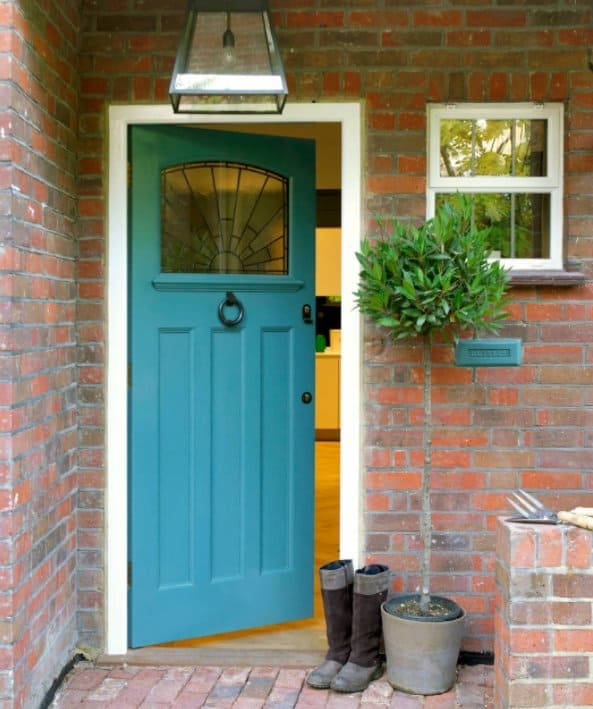
The utilization of PVC in crafting doors has gained significant popularity, leading to a diverse range of PVC doors available in the market, sporting various colors and designs.
PVC doors offer a multitude of advantages, being termite-resistant, durable, corrosion-resistant, lightweight, and resistant to moisture, among other qualities. They are also known for their ease of manufacturing and installation.
However, they are not suited for use as entry doors, as they lack the weight and weather-resistant properties of wood or metal doors, making them less capable of withstanding extreme environmental conditions.
These types of doors are readily accessible in the market and often prove to be a cost-effective alternative when compared to wooden doors.
In contemporary times, PVC materials are increasingly being utilized for the construction of windows as well, and these PVC windows can also be found in the market.
4. Flush Door Type

Flush doors primarily find their place within the interiors of residences, although some variations also serve as exterior doors for houses.
The frames supporting these doors can be fashioned from either wood or steel, providing ample structural support. Typically, these doors pivot along one side to facilitate opening in a single direction.
Flush doors have become increasingly prevalent in modern homes, thanks to their cost-effectiveness, appealing aesthetics, and durability. They are readily available in the market.
When employing these doors for bathrooms and baths, it is advisable to protect the inner face of the door with aluminum sheets to shield against water damage. Frames for such doors or windows can be fashioned using conventional methods.
5. Battened and Ledged Door Type
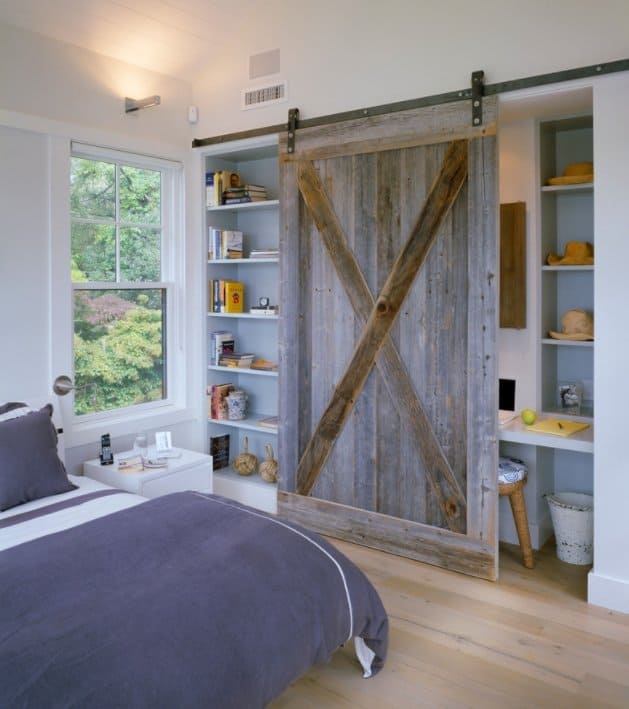
These doors consist of vertical wooden battens that match the height of the door, typically with a thickness of about 35 mm, and they are often joined using a tongue and groove method.
Typically, three ledges, which are horizontal members, are incorporated—one at the top, one at the bottom, and one in the middle.
To enhance rigidity and aesthetics, battened and ledged doors can also be equipped with bracing or both bracing and framing.
These doors find common application in spaces like bathrooms, WC facilities, and various other rooms, especially in households where cost-effectiveness takes precedence.
6. Bamboo Door Types
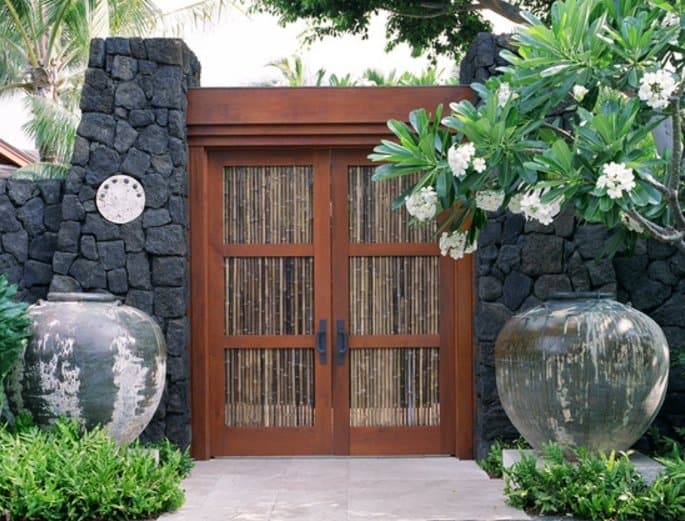
An alternative to traditional wood products lies in the form of jute-coir composite boards, which find utility in the fabrication of doors.
Bamboo-jute composite doors bring forth a multitude of advantages, including resistance to water, rust, and termites. Moreover, they are environmentally friendly, biodegradable, and cost-effective.
7. Glass Door Type

Typically, such glass doors find their place at the rear of the house, offering an unobstructed view of the yard or garden.
Front doors adorned with glass panels also exude beauty, but it’s imperative to ensure a delicate balance between privacy and durability.
A popular and aesthetically pleasing choice for front doors includes the incorporation of intricately cut glass panels set within wooden frames.
It’s worth noting that glass doors tend to be pricier and require more diligent maintenance efforts. Additionally, they often carry more weight compared to other door options.
8. Aluminum Door Type
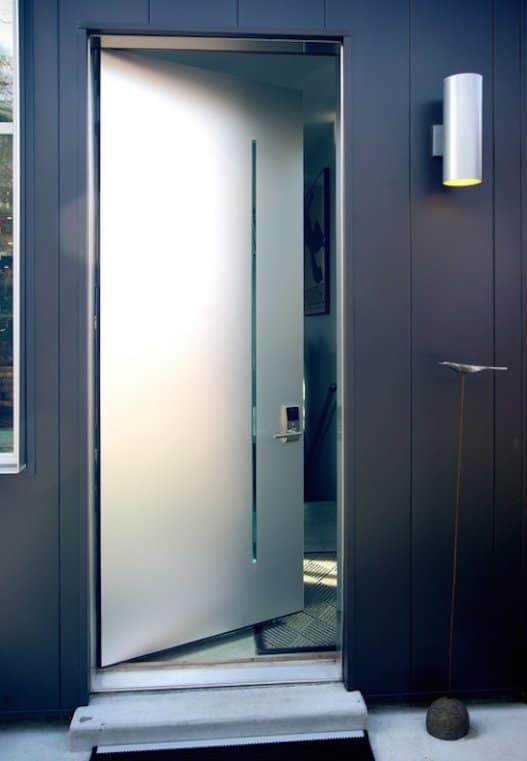
Aluminum frames for doors and windows offer a distinct advantage in their resilience against harsh environmental elements.
Termites pose no threat to aluminum frames, ensuring their long-lasting endurance.
Aluminum-made windows and doors can be designed as either side-hung or sliding options, making them suitable for both interior and exterior spaces.
9. Wooden or Timber Door Type

Its predominant advantage lies in the accessibility of materials in local regions and the simplicity with which local carpenters can fashion it.
Today, a wide array of wood types graces the market, and the selection should hinge upon considerations of durability and the homeowner’s budget.
While wood finds utility throughout the home, it is particularly well-suited for outdoor applications.
Wood remains the prevailing choice for the crafting of doors and windows.
10. Fiberglass Door Type
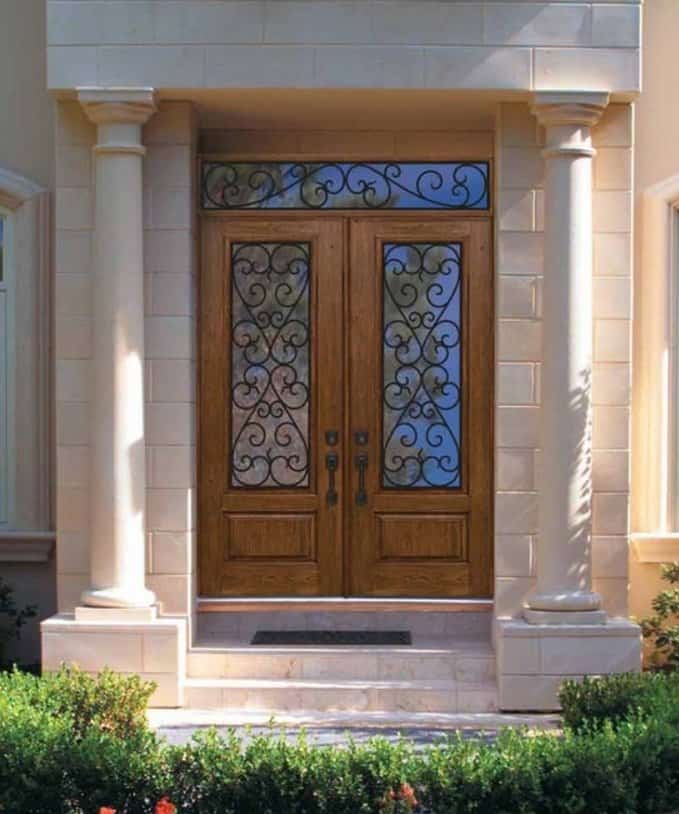
When it comes to durability, fiberglass is renowned for being among the sturdiest materials, offering the added benefit of relatively low maintenance costs in comparison to wood and steel.
The stability of fiberglass doors is a noteworthy attribute, as they remain resistant to warping, bowing, or twisting over time.
For an enhanced aesthetic appeal, windows and doors crafted from fiberglass can feature wooden panels on their exteriors.
Fiberglass doors prove themselves versatile, suitable for both indoor and outdoor applications.
Exterior fiberglass doors come with an array of designer options, ranging from diagonal glass patterns to diverse door styles. These doors are readily available in the market to complement various architectural designs.
11. Fiber Reinforced Plastic (FRP) Door
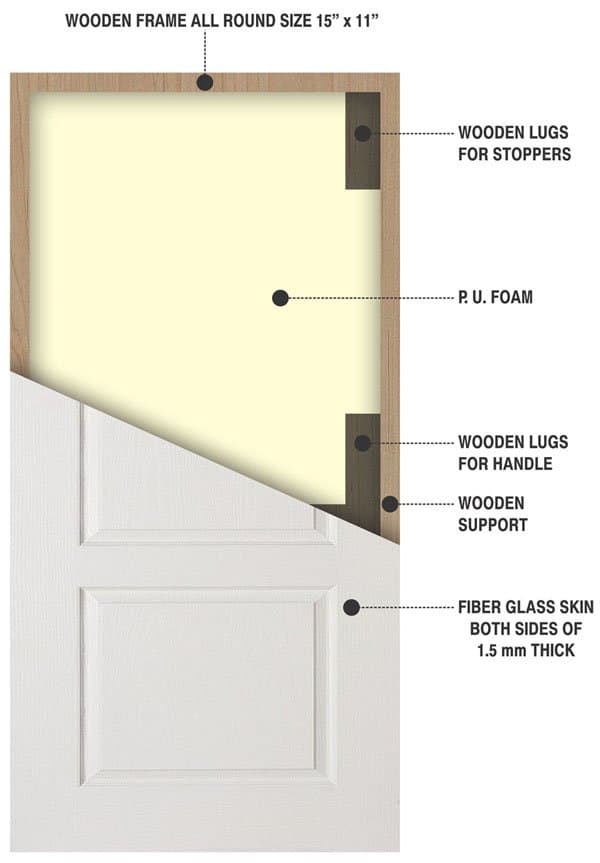
In today’s market, you can easily find FRP molded doors in a wide array of colors and finishes, including remarkably realistic natural wood textures.
These doors can also come in a double-leaf configuration with each leaf measuring 1.5 mm in thickness. These leaves are molded around a central core material, creating a robust sandwich panel structure.
For the installation of handles, locks, stoppers, and other accessories, wooden support is readily available. As a result, FRP doors are experiencing a surge in demand, particularly in contemporary homes.
Door Types Based on The Style
In the preceding explanation, we delved into categorizing door types by their fundamental construction materials.
However, it’s worth noting that doors can also be categorized based on their distinctive styles. What might those styles be, you wonder?
Keep reading to uncover this classification!
1. Hinged Doors
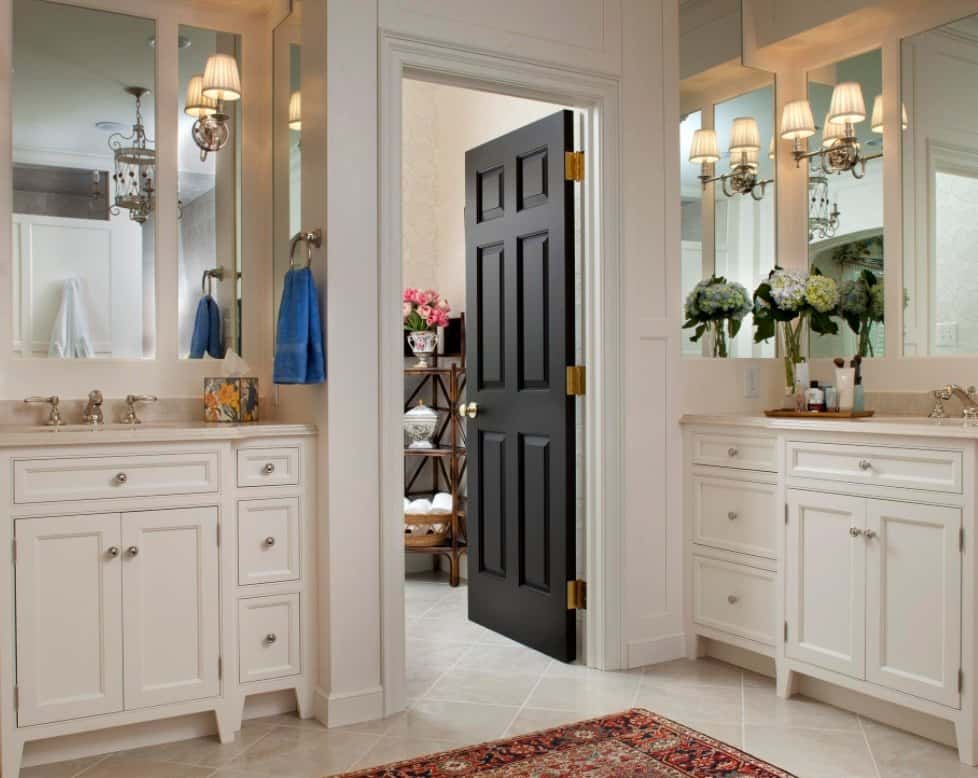
These doors pivot on hinges, with one end securely affixed, while the other gracefully swings inward or outward into the room.
You can procure hinged doors individually or as part of a pre-hung door system, offering versatile choices for your needs.
2. Dutch Doors
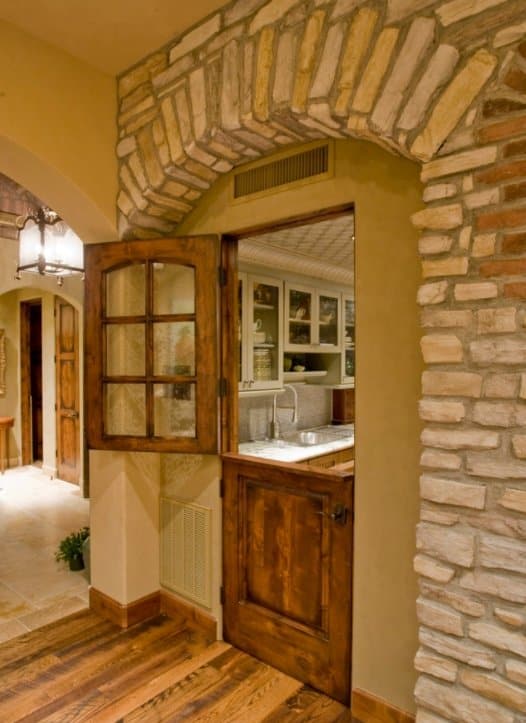
Consider the practicality of a Dutch door in areas like the kitchen. Furthermore, you might even contemplate the installation of a Dutch front door for your entryway.
3. Pocket Doors
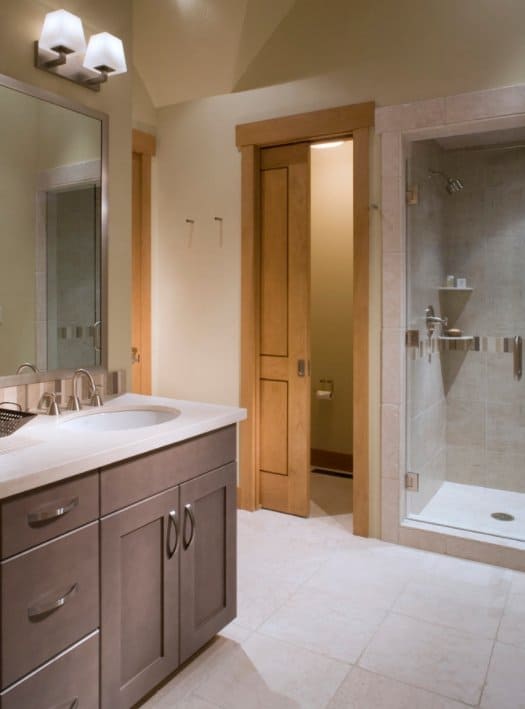
Allow me to elucidate that pocket doors are essentially doors that glide into and out of a concealed space within the wall. You can find pocket doors as both single doors and double doors.
4. Roller Doors
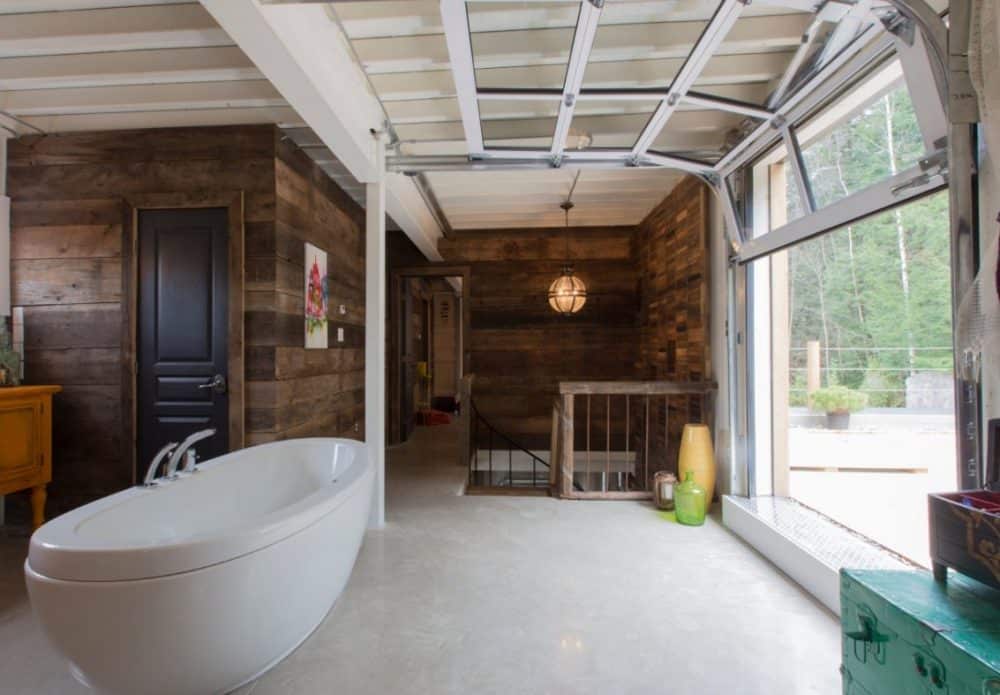
Imagine using a roller door to create a division between your indoor living area and the adjoining deck or garden.
5. Bifold Doors
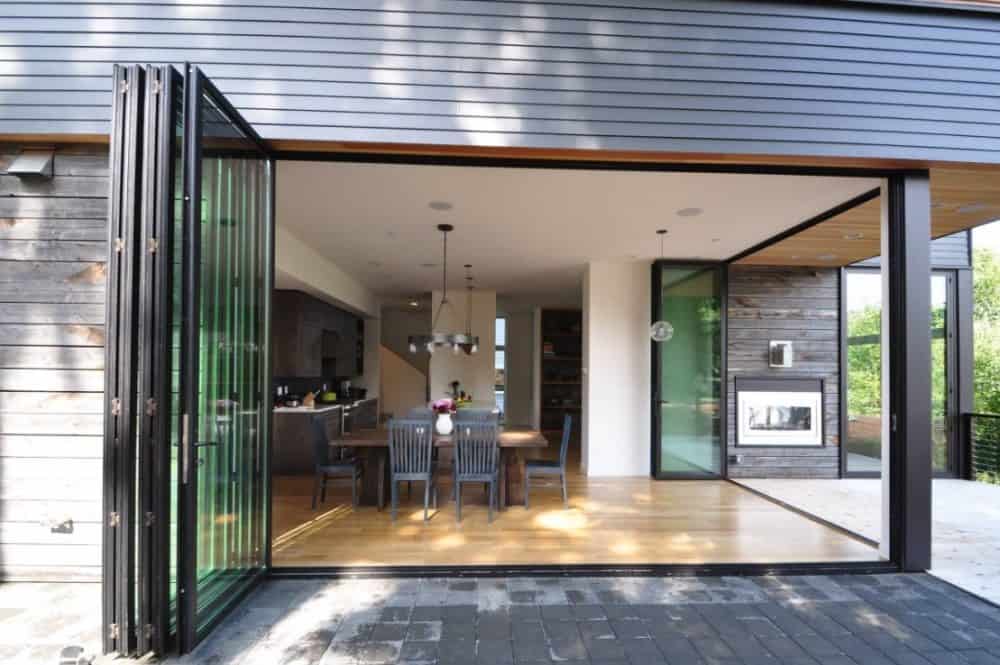
Typically, these doors are mounted on an overhead track, suspended from the top of the opening.
They find common use in spaces like utility rooms, kitchens, and closets.
6. Sliding Doors

They eschew the conventional swinging motion and, instead, glide along a track. Due to their non-swinging nature, they pose no interference to other elements within the room.
However, it’s worth noting that only a portion of the opening is accessible at any given moment.
7. Pivot Doors
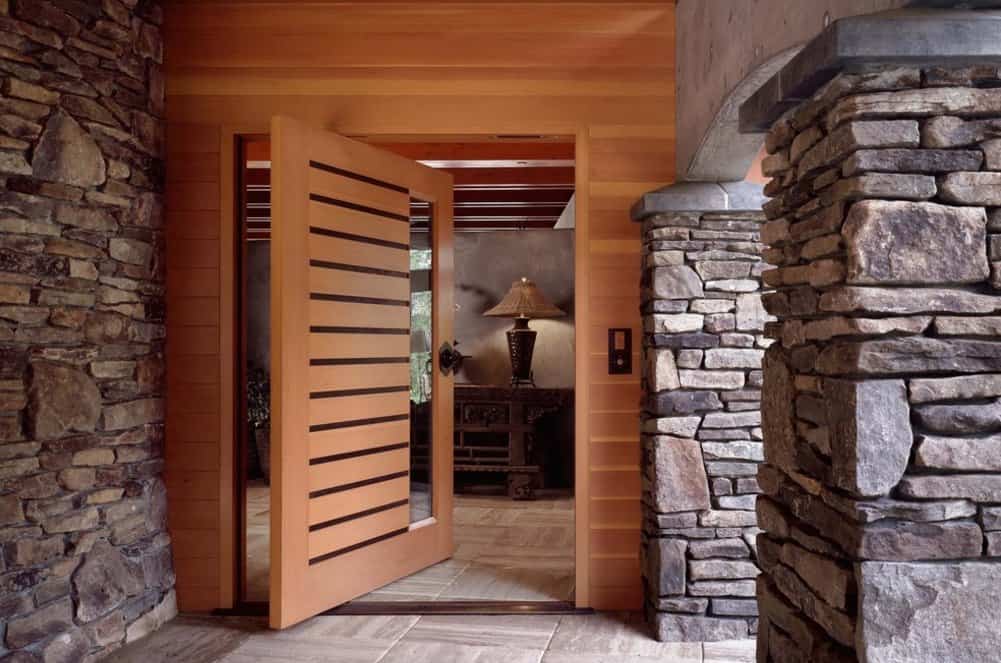
With its stark yet chic design, this door aligns seamlessly with the aesthetics of contemporary and avant-garde residences.
8. French Doors
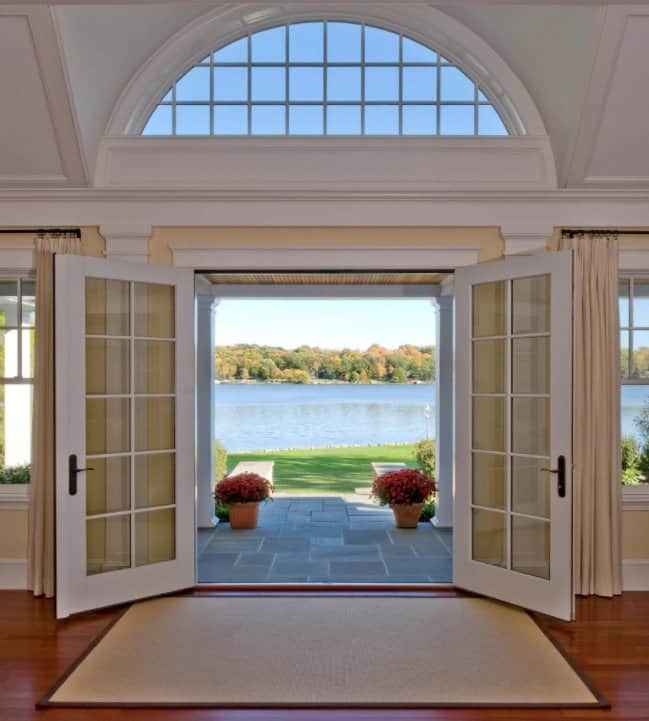
They are anchored by hinges positioned on either side of the entrance, gracefully swaying towards each other, eventually uniting at the midpoint.
When both of these dual doors are flung wide open, they graciously unveil an unhindered panorama.